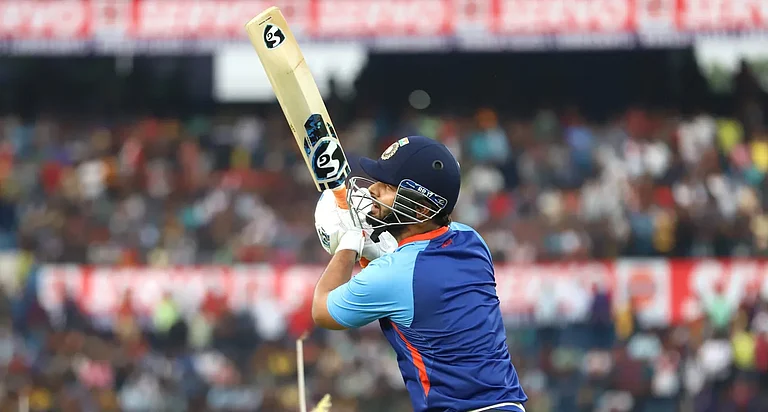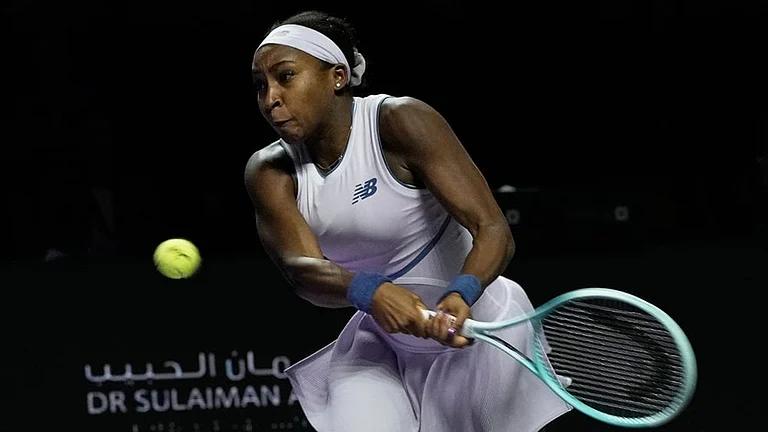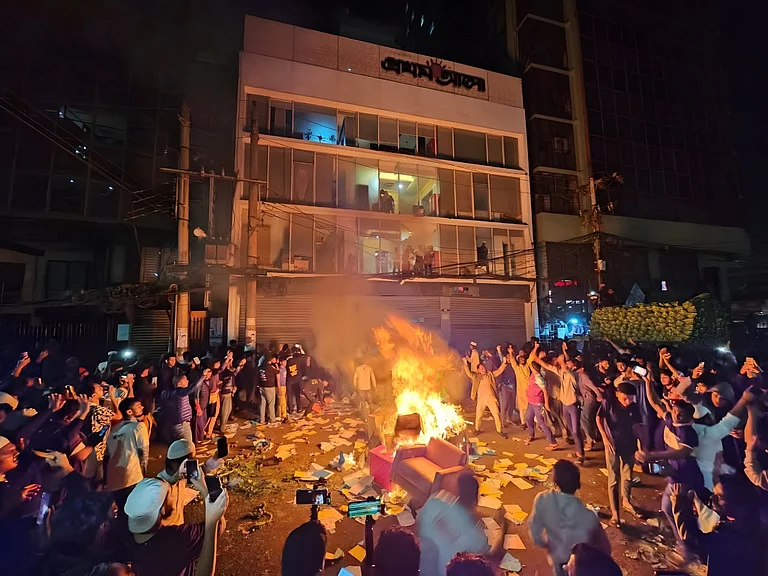By April-May 1971, when the operations in East Pakistan were being considered by the Indian government, there were two opinions amongst the top hierarchy. The first view was that the Indian Army should go immediately into East Pakistan to assist the Bangladeshis who had launched their war of liberation. This view was generally advocated by the then defence minister Jagjivan Ram, finance minister Y.B. Chavan, other Congress leaders and some officers of the Central Armed Police Force (CAPF). While, the Indian Army, and particularly its chief General Sam Manekshaw was of the view that the operations should be launched more deliberately after due planning and creating logistics support. The Indian Army required 6-9 months for these preparations for an assured victory.
Immediate intervention by the Indian Army would be premature and may not result in the desired victory. The Indian Army was oriented for operations against West Pakistan and China, and there were only contingency plans to deal with East Pakistan. This required time for reorientation, training, reorganisation and creating new logistic bases. The Pakistani Army had by now built about four infantry divisions. India needed to create the force level to fight the Pakistani troops. In East Pakistan, the monsoon was about to break out, which would make progress of operations difficult. Lastly, India had to create an international environment for a war. Such an environment did not exist then in India’s favour. Since a war with Pakistan would be an all-out war, all the three military services would be involved. This required proper planning and preparations.
ALSO READ: And Thus A Desh Was Born
Pakistan believed in the concept that the defence of East Pakistan lay in the defence of West Pakistan—meaning that while forces in East Pakistan would hold out an Indian offensive and tie down a significant number of the Indian forces, the victory would depend on the war in the western theatre. Further, they believed that intervention by China and the US would help Pakistan against the Indian offensive in this contingency. Pakistan’s plan was of creating layered defences that would augment each other to cause unacceptable attrition on the attacking forces. Hence, strong outposts were created covering all the axes with the intention of delaying the attacker as much as possible.
Strong points in towns and communication centres located in depth were the second line of defence. The third line was a no-penetration line based in main towns and communication centres. No position was to be vacated unless the defending unit had suffered 75 per cent casualties. As a result, units were not withdrawn to the second or third line of defence in time while they had been bypassed. The Pakistan Army was convinced that India would not resort to an all-out war and would just try to capture small territory along the India-East Pakistan border to resettle the refugees. Thus, the Pakistanis adopted the forward posture.
The strategic significance of East Pakistan’s North-West Sector lies in the fact that the northern sub-sector of this region threatened India’s Siliguri and Kishanganj corridors. Besides, the Farakka Barrage was the closest point to the East Pakistan border. Any threat from Chumbi Valley by China could cut off the Siliguri corridor and operations with China against this small tract of land could be coordinated to India’s detriment. Therefore, it was necessary to ensure the protection of the Siliguri and Kishanganj corridors by undertaking offensive operations. The capture of its central sub-sector, running along Hilli-Goraghat-Palasbari-Gaibanda, would enable India to sever the waistline and take on the Pakistanis piecemeal thereafter. The southern sub-sector consisted of important communication centres of Bogra, Rajshahi, and Pabna. A majority of the population in this sector had migrated mainly from eastern UP, Bihar, and North Bengal at the time of Partition in 1947. They were hostile to India and opposed to the liberation war.
ALSO READ: How The West Was Won
By December 7, 1971, the defence of East Pakistan in all the four sectors started crumbling under the weight of the Indian offensive. In the South-West sector, India’s two corps with 107 Infantry Brigade had decimated Pakistan’s 9 Infantry Division and the 57 Infantry Brigade was pushed out of the sector across the Ganga. In the North-West sector, Pakistan’s 16 Infantry Division had been severed at the waist by the 20 Mountain Division. The Rangpur-Dinajpur Garrison was isolated and the 205 Infantry Brigade trapped by the columns heading for Bogra. In the North-East Sector, Indian troops had reached all the three river ports of Chandpur, Daukhandi and Ashuganj. The 93 infantry Brigade defended the sector with two battalions. The 31 Baluch could not hold its defences at Kamalpur in face of a well-coordinated attack by Indian troops and withdrew to Jamalpur. Pakistan’s 33 Punjab also withdrew to Mymensingh. The withdrawing Pakistani troops were continuously ambushed and attacked by the advancing Indian columns. By December 10, they were ordered to withdraw to Kaliakair for the defence of Dhaka. By then, Indian paratroopers had landed in Tangail. The entire 93 Infantry Brigade had disintegrated and reached Dhaka, completely unfit to defend it.
While Bangladesh got its much cherished freedom on December 16, 1971, I do wonder why the Pakistanis were not punished for the war crimes they had committed against the Bangladeshis. India and Bangladesh should not have allowed the Pakistanis to walk away scot-free. Also, India should have negotiated the realignment of the border with Bangladesh, particularly the rationalisation of enclaves and an outlet to the Bay of Bengal through Tripura or Mizoram. At least the transit rights to the port of Chittagong should have been negotiated. The Dhaka victory was spectacular but I feel much more could have been done to secure India’s strategic interests.
(As told to Kanchana Ramanujam) (Views expressed are personal)
ALSO READ
Lt Gen. (retd) J.B.S. Yadava Company Commander who fought in the Battle of Bogra and decorated with the Vir Chakra for his role in the 1971 war. He is fourth from left in the photo above.





















